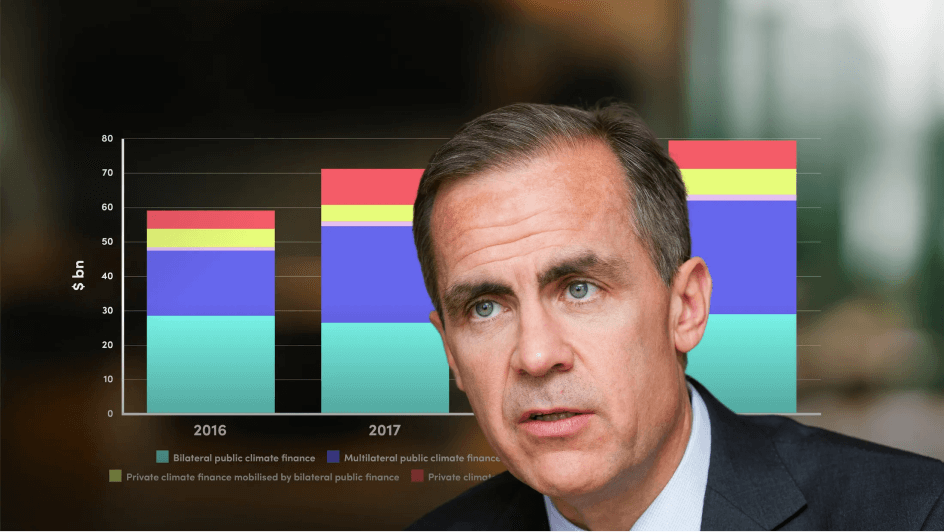What is the natural greenhouse effect?
Earth’s atmosphere is made up of greenhouse gases. These gases absorb and re-emit heat energy and keep the Earth warm. Without these greenhouse gases, all of the heat energy emitted from the surface would go directly into space. In fact, the Earth would be an uninhabitable 33°C colder. We call this the natural greenhouse effect.
What is the human enhanced greenhouse effect?
Adding more greenhouse gases to the atmosphere makes it more effective at preventing heat from escaping into space. This makes the Earth even warmer. This causes our planet to warm and alters Earth’s climate. We call this the human enhanced greenhouse effect.
What are the different kinds of greenhouse gases?
1. Carbon dioxide (CO₂)
Carbon dioxide is the primary greenhouse gas contributing to the enhanced greenhouse effect. Burning fossil fuels such as coal, oil, and natural gas or burning wood are the primary sources of human-caused carbon dioxide emissions. Natural carbon sinks are affected by deforestation and other land use changes. These human activities are responsible for the vast majority of carbon dioxide emissions. Carbon dioxide can remain in the atmosphere for over 100 years, which is why it’s important to measure carbon dioxide emissions and concentration.
2. Methane (CH₄)
Methane is a particularly potent greenhouse gas. It remains in the atmosphere for about 12 years (much shorter than carbon dioxide) but it absorbs much more energy. Over a 20-year period, it is 80 times more potent than carbon dioxide in terms of its warming effects. Natural sources of methane include wetlands and tundra permafrost (36% of methane emissions). Human sources of methane include landfills, livestock farming, rice farming, and biomass burning (64% of methane emissions). Methane has accounted for roughly 30% of global warming since pre-industrial times.
3. Nitrous oxide (N₂O)
The lifetime of nitrous oxide is long – approximately 120 years. The amount of nitrous oxide has increased by more than 16% since pre-industrial times. Natural sources of nitrous oxide include soils under vegetation, tundra and the oceans. Human sources of nitrous oxide come from agricultural practices (e.g. fertilisers) or burning fossil fuels. 40% of nitrous oxide emissions are estimated to come from human actions.
4. Synthetic greenhouse gases
Synthetic greenhouse gases are long-lasting and are extremely effective at absorbing sunlight. Synthetic greenhouse gases include halocarbons, perfluorocarbons and sulphur hexafluoride. These synthetic greenhouse gases are created in the production of aluminium and magnesium and semiconductor manufacturing.
5. Water vapour (H₂O)
Water vapour is a natural greenhouse gas fundamental to life on Earth. As the Earth becomes warmer, more water will evaporate into the atmosphere as water vapour. For every 1°C of warming, the atmosphere can hold 7% more moisture or water vapour. Therefore, the amount of greenhouse gases in the atmosphere increases, exacerbating the greenhouse effect and leading to further warming.
Can natural factors explain the change in climate?
No. The primary cause of climate change is the rising concentration of greenhouse gases due to human activity.
Subtle changes in the Earth’s orbit around the Sun are responsible for past ice ages. But changes in the sun’s activities (such as solar flares and solar cycles), have very little impact on the Earth’s climate. Volcanic eruptions can affect the climate in two ways, through the greenhouse gases released during an eruption and the sulphur dioxide contained in ash clouds which can form barriers to incoming sunshine. Again, these effects are minor.

























